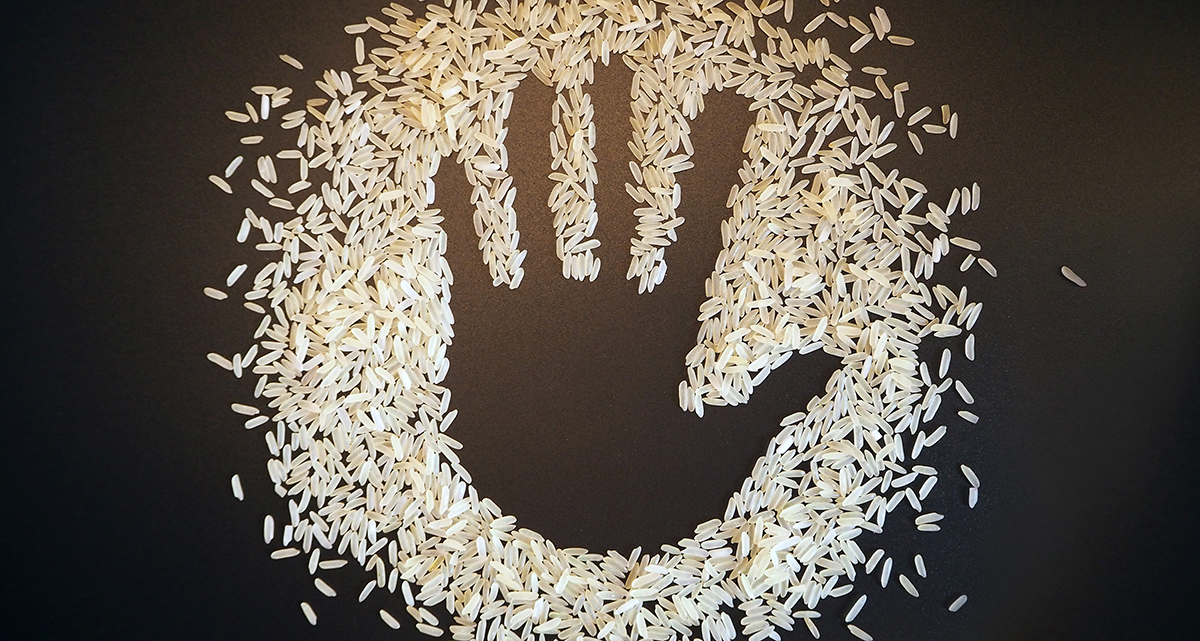
Part of emergency preparedness includes understanding the dialysis emergency diet and having an extra supply of emergency food at home just in case you need it.
Extreme weather, natural disasters, and other public health emergencies may make it impossible to receive dialysis on your regular schedule.
The emergency diet does not take the place of dialysis, but you can reduce the waste that builds up in your blood if you change what you eat.
Essential to emergency diet is to:
- Limit food and fluid intake as much as you can.
- Avoid high-potassium foods.
- Limit the kinds and amounts of fruits and vegetables you eat.
- Limit fluid intake to about one-half your current allowance.
- Avoid salt and foods that are high in sodium, because salty foods make you want to drink more.
These foods are better choices:
- Rice, pasta, or noodles with butter or olive oil
- Dry cereal, oatmeal, or cream of wheat
- Bread, bagel, or English muffin with butter and jam/jelly/honey
- Unsalted crackers, graham crackers, vanilla wafers
- Jelly beans, gum drops, marshmallows, hard candies
- Small portions of canned fruits or applesauce
These foods are NOT recommended for the emergency diet:
- Sport drinks, powdered drink mixes, and juices
- Bran, granola, or cereal with dried fruits or nuts
- Dried beans such as pinto, navy, black, ranch style or kidney beans
- Potatoes/potato products
- Tomatoes/tomato products
- Avocado, oranges, greens
- Salt and condiments
For more information on the dialysis emergency diet, including a shopping list and video summary, please visit the Satellite Healthcare website.
